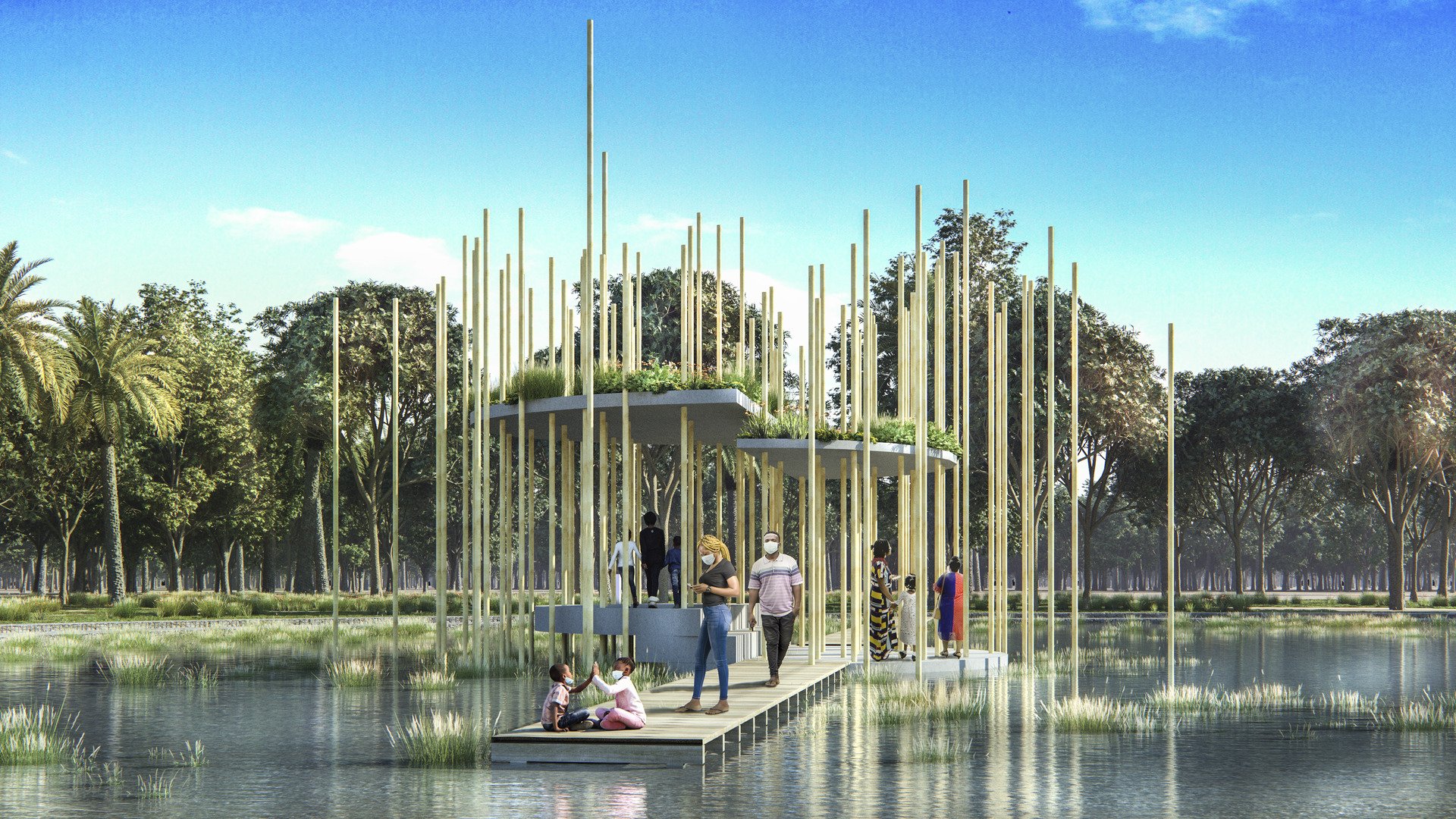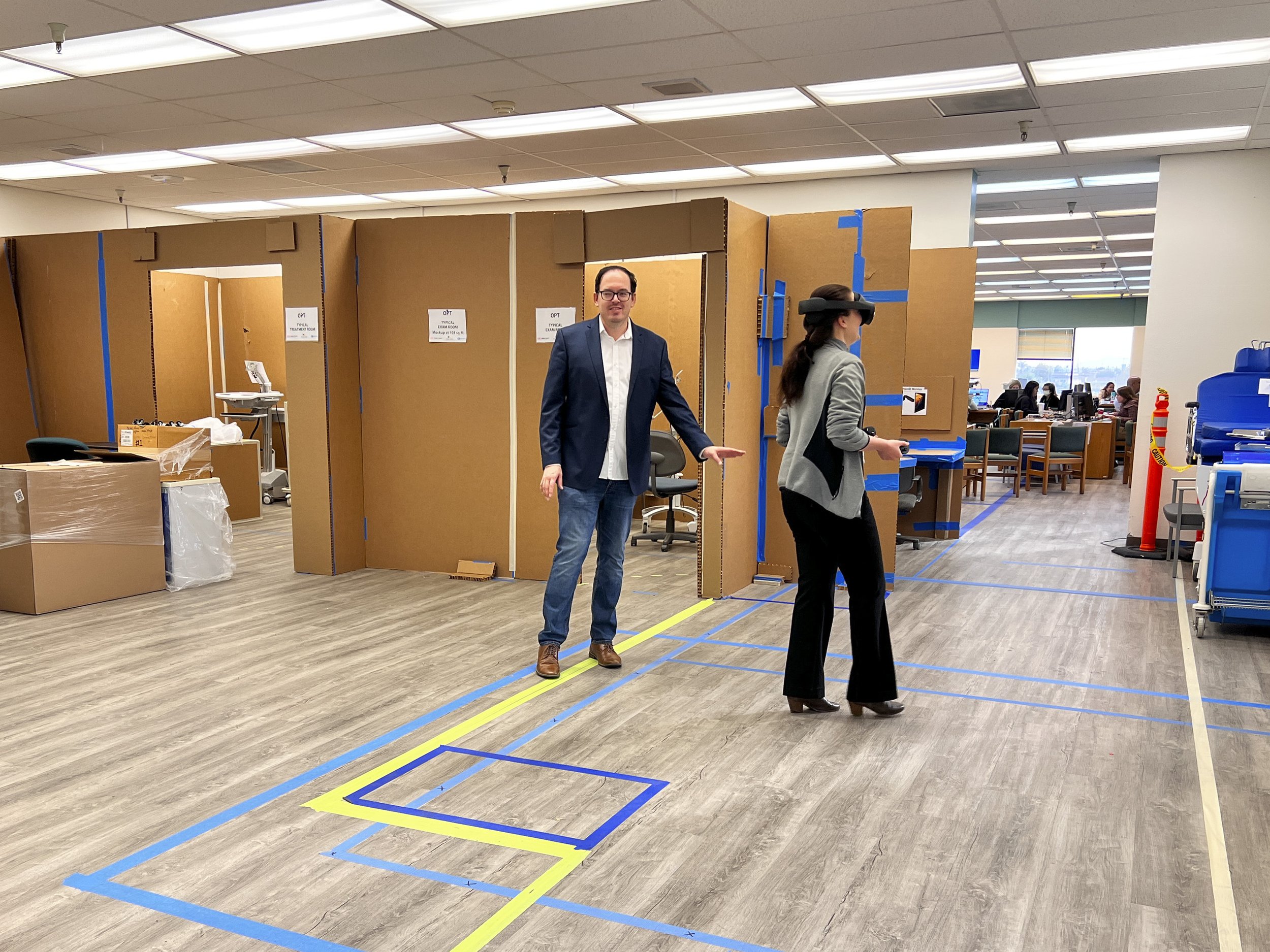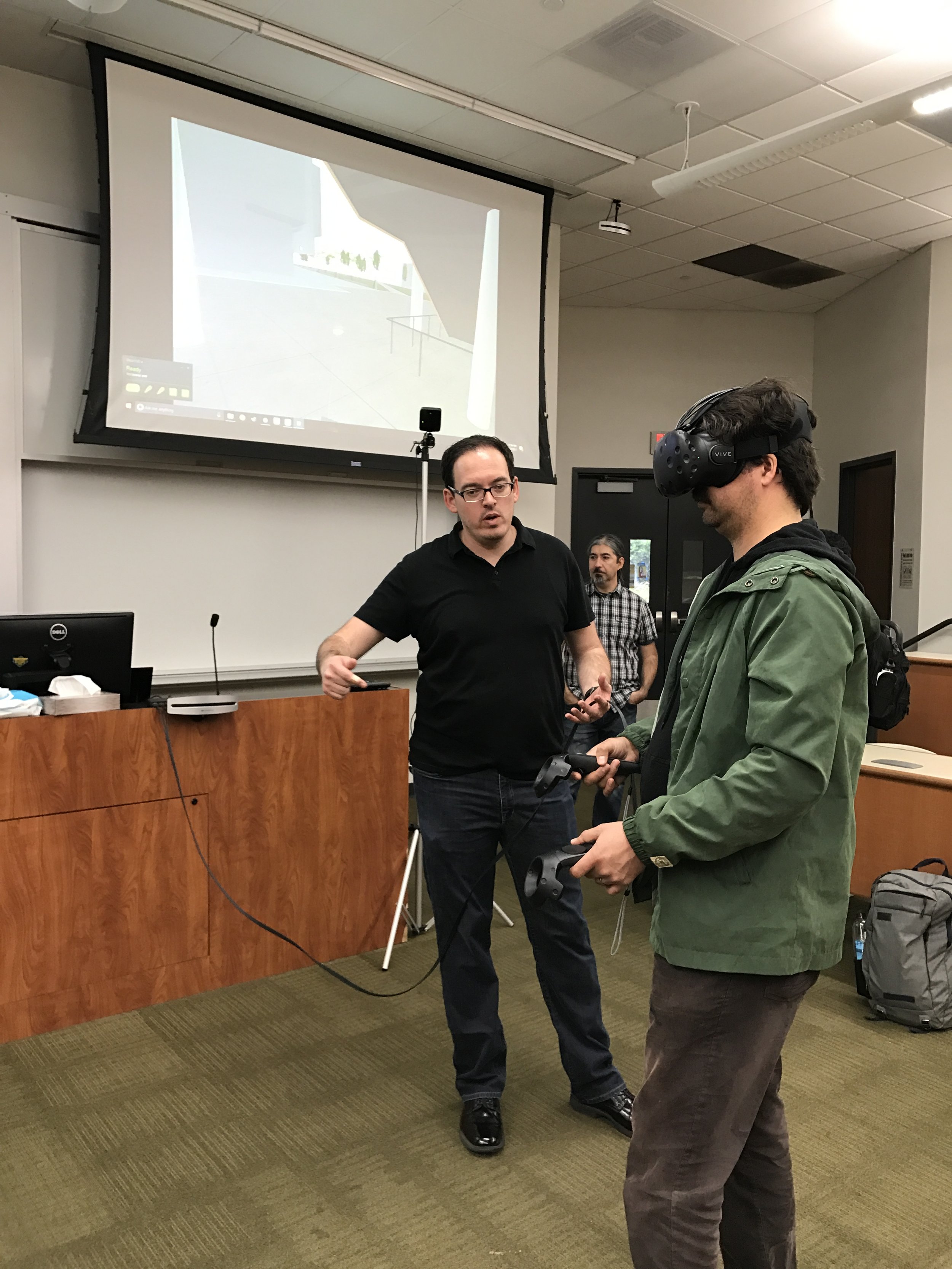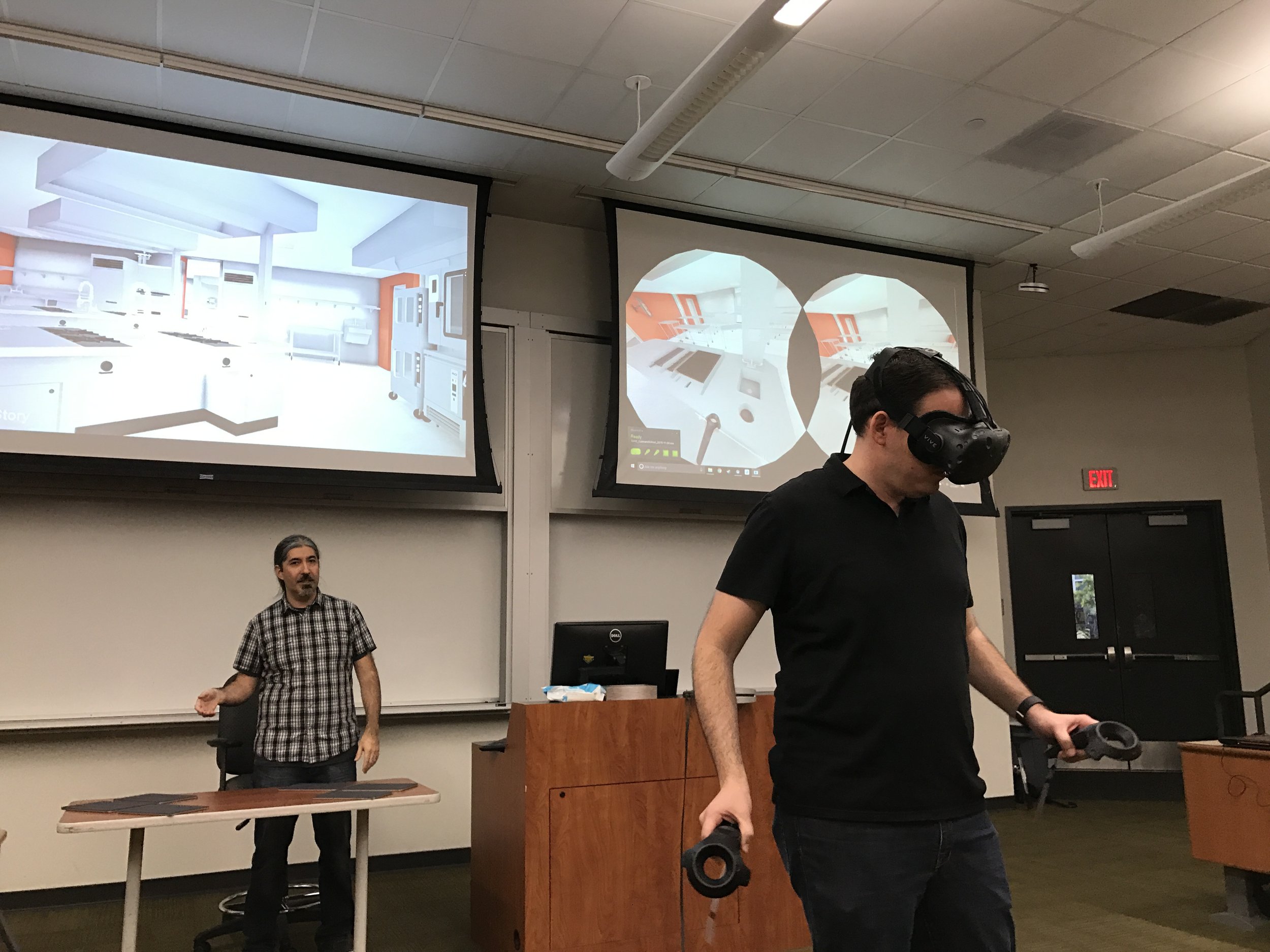Visualization
It’s a team sport …
The first decade of my career was largely defined by what I could produce, I either rendered it myself or I played a primary part in the production of the assets. The latter decade as my career has taken on more directing, I’m less connected to the content creation itself. In addition much of the content my team worked on that I’m most proud of is under NDA or otherwise unable to be posted publicly…
As a leader I want to clear out obstacles for the people I work with - to enable them to do their best work and for me to get out of the way. I’ve also learned to appreciate our work within the context of how it was created. What were the key challenges? What constraints were there on time, budget, etc?
For good measure because I can’t break the habit completely as a Viz Artist I’m starting this with still renderings. I’m proud of the renderings our team creates and while I can’t take the final pixel credit for them like I used to, I’m so thankful to be able to work with such talented people. I provided input on all of these but the artist responsible was Francisco Penaloza.
Massive Unreal Engine animation
Leveraging Unreal Engine 5 for a large scale animation of student housing. This project had two architectural firms involved along with an outside production company crafting the still renderings in 3ds Max + VRay, The architects created dozens and dozens of images in Rhino + Enscape on a Miro board that was changing every day.
I would have loved to use trusty ol 3ds Max & VRay for this but the project was moving at such a high velocity that workflow would have been impossible with the time available.
One of the fundamental pillars of this project is student diversity in all the visuals. Looking at tools that’d create an animation quickly you’ve got Twinmotion, Lumion & Enscape, at the time of production only Enscape had a decent library of diverse people however Enscape came with other constraints that made it untenable for an animation project like this - not the least of which was static people, rudimentary cameras & an inability to camera match video footage.
Unreal Engine 5 to the rescue. Thankfully our Senior Visualization Artist, Francisco Penaloza has been working with Unreal Engine for many years now - a small or medium project here and there to see how it was advancing. This project though was massive and would push everything to the limits of GPU memory, render performance, UE workflow, etc. We pushed through all the issues and now it’s a project we’re proud to share, and we learned a ton about how UE scales and where it works.
VR Showcase
Custom UE VR app deployment
One of our partners wanted to create a VR experience they could bring potential interested parties into. So we created a custom VR app in Unreal Engine, built out training around it and released for their use.
My responsibility was around initial concepts, troubleshooting compile issues with Unreal Engine, 3ds Max asset development and generating store assets to allow for submission. Primary development by Francisco Penaloza, Senior Visualization Artist.
Custom UE pixel streaming app
We wanted a tool to explain to project teams what’s special about Unreal Engine, how it’s different from off the shelf tools or traditional workflows they’re more familiar with. So we created a working app template that we’re using in conversations with teams across the firm and as a starting template for injecting their projects into it. My responsibility on this was largely in scoping out the initial idea, reviewing and providing feedback until it was ready to be released to the firm. Functionality developed by Francisco Penaloza.
This is an active internal tool, as such is something I can’t share here beyond this single image.
When speed is most important
Working in-house sometimes we don’t have the luxury of quality in this era of faster and faster competition submittals. That being the case we’ve had to accept some of the simpler tools like Lumion, Twinmotion and Enscape have a place in the workflow. To that end, this project isn’t representative of render quality I’m happy with but I am proud of how fast it was turned around, how how it positively affected our win and the story it told.
This was a competition submittal for a Skilled Nursing Facility in a rural mountain community. For me, what’s special is we really honed in on the story and decided it was most effective when told in reverse. We started with a person, as in how someone would be living their daily life in this long term care facility. In order of importance was story, production time then quality so the story drove decisions, limited production time drove more and meant the quality just had to be what it was (not great) with Lumion. I’m proud of what we created, it’s part of a winning submission from our firm and people watching it responded very positively - even tearing up watching it. Not one person complained about the pixels - because in this case it just wasn’t the most important quality.
As always credit is shared with Francisco Penaloza, Senior Visualization Artist.









